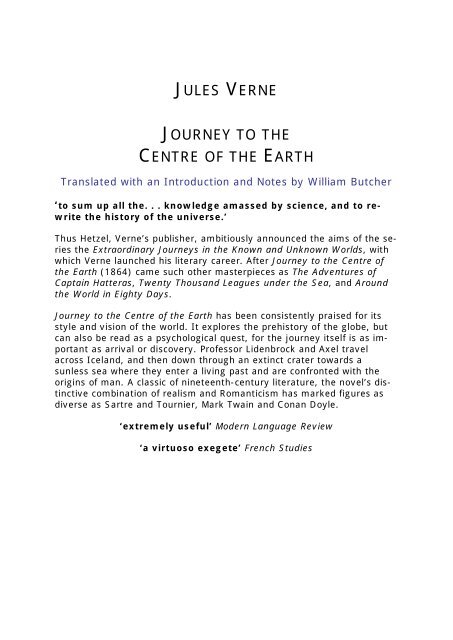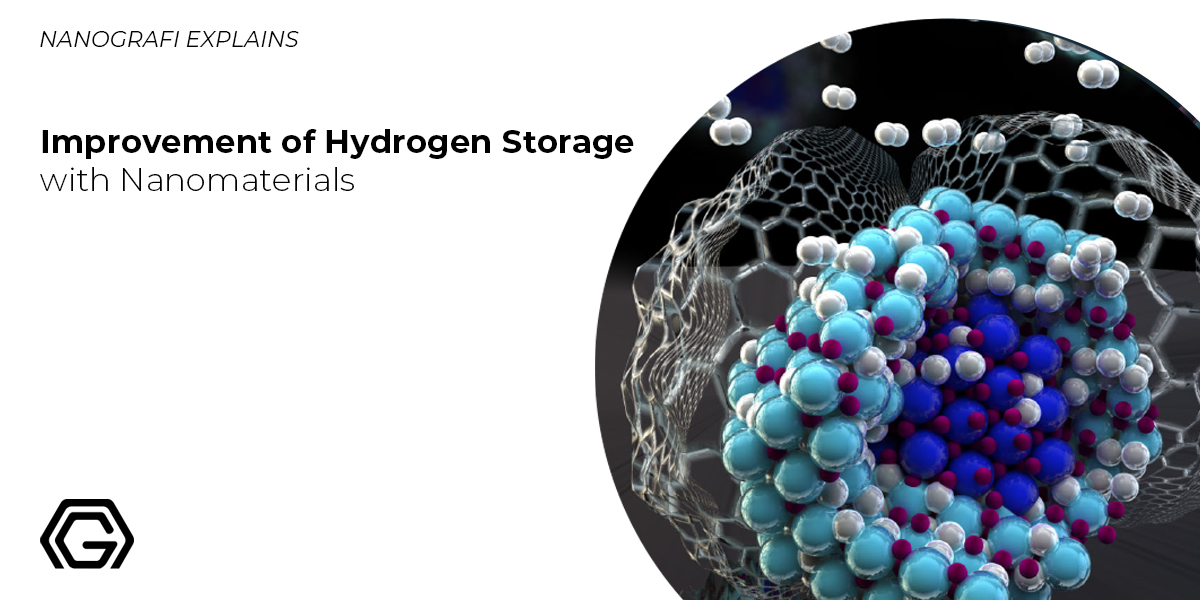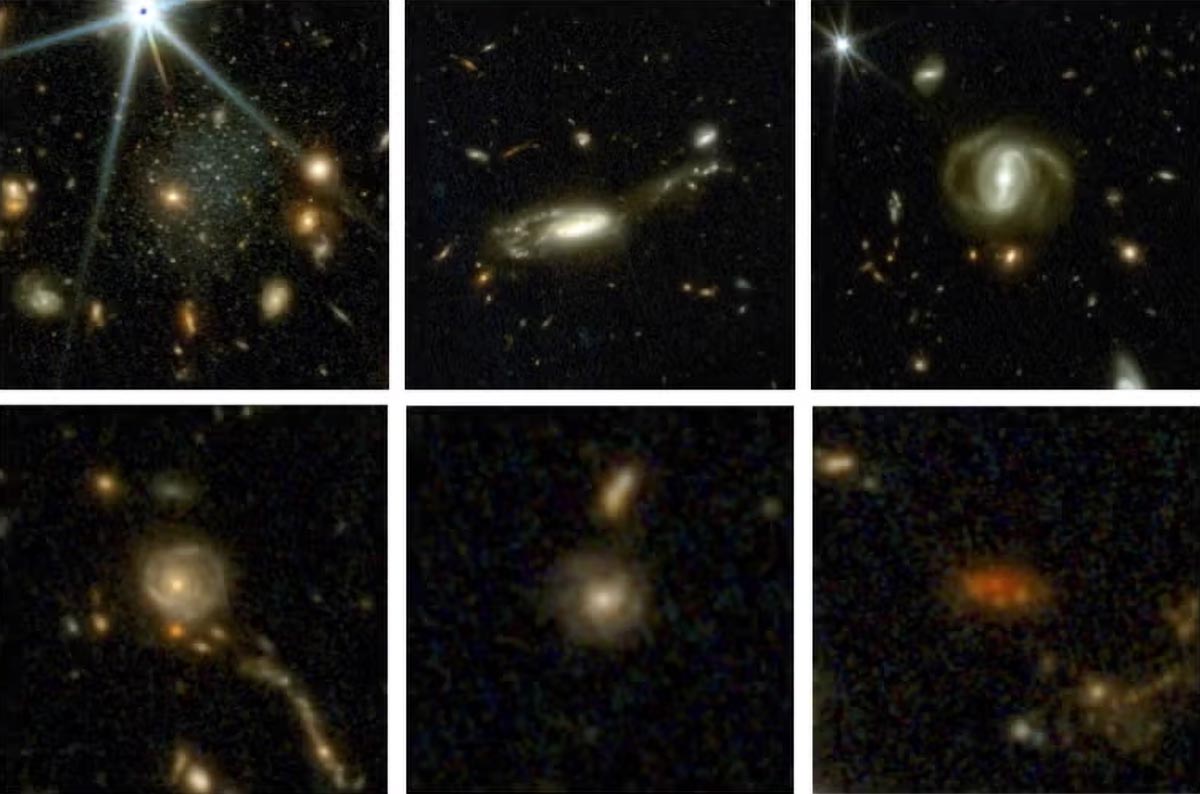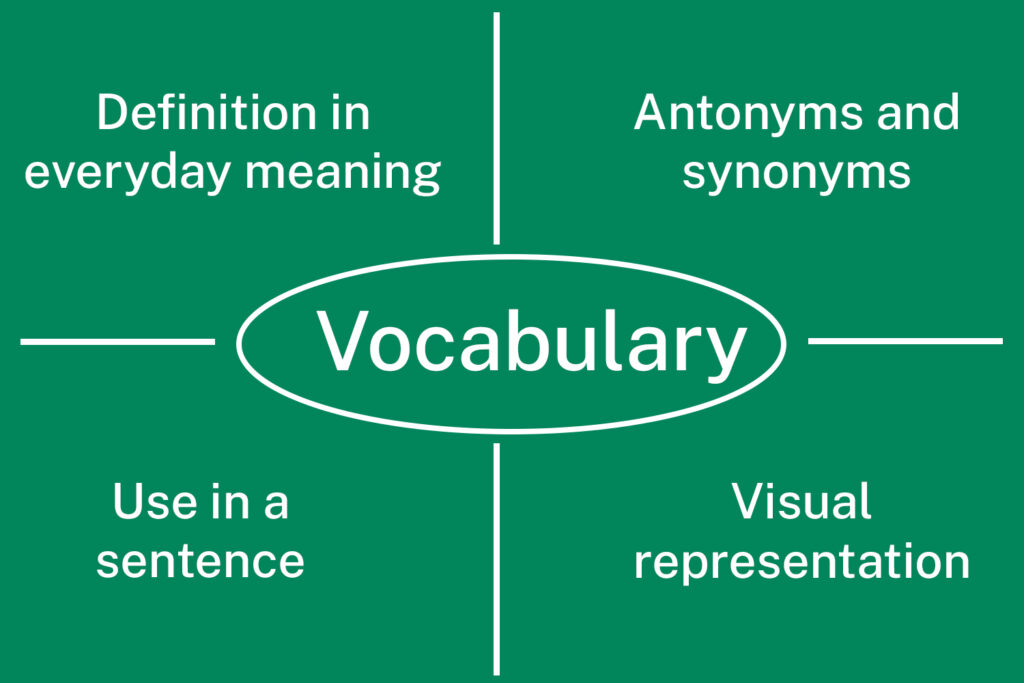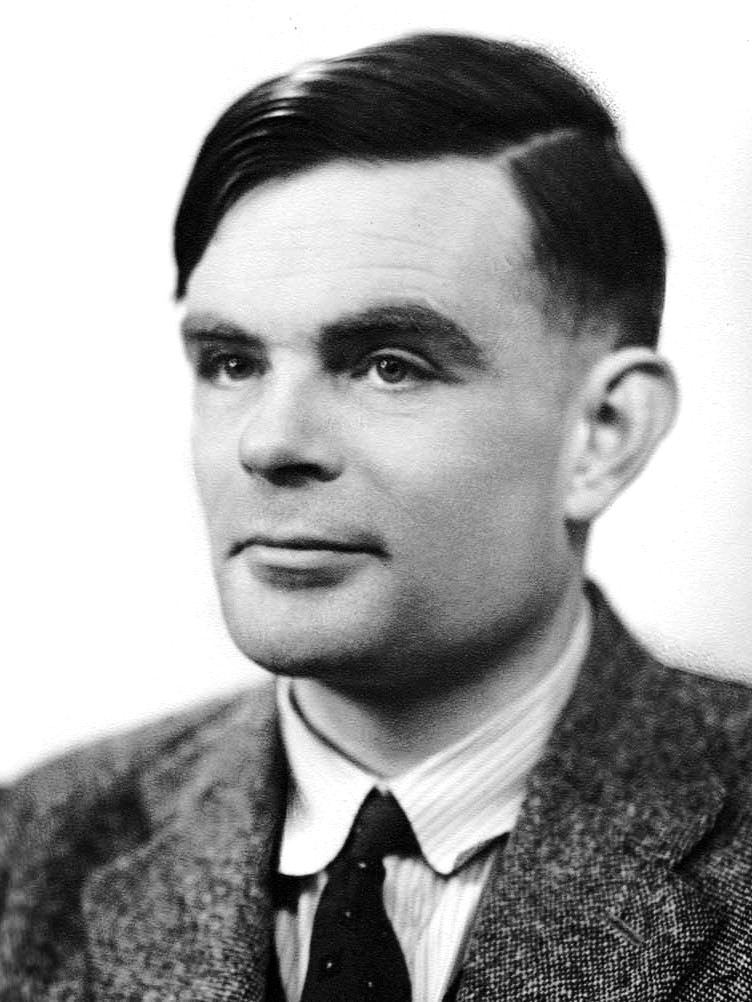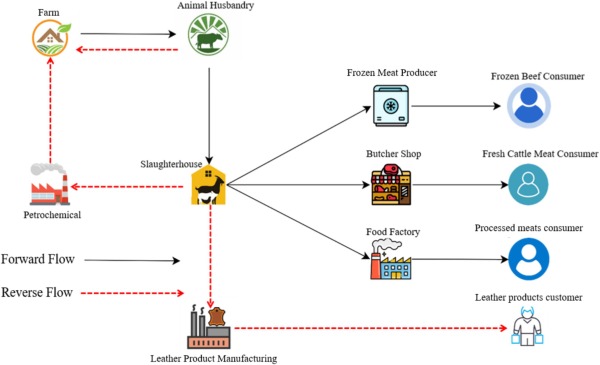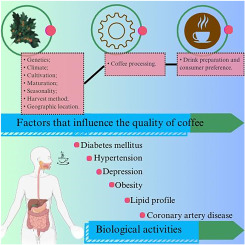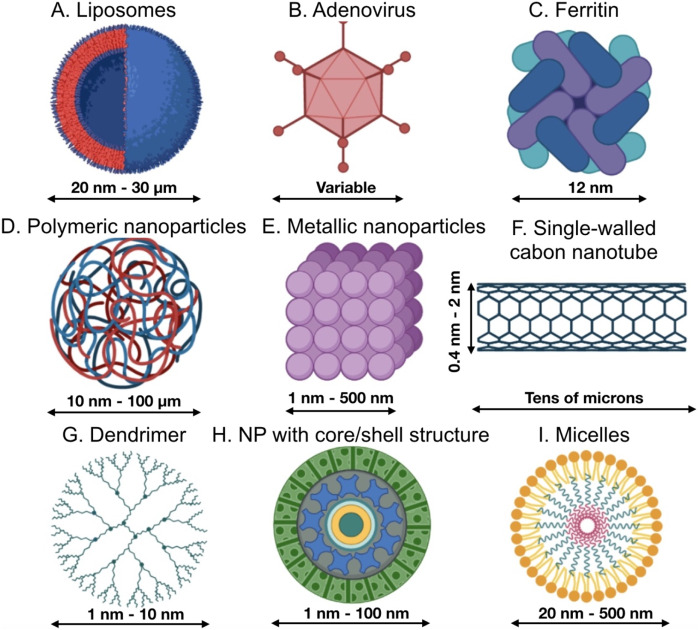The International Union of Pure and Applied Chemistry (IUPAC) has declared a new leadership team for 2026, with Professor Mary Garson taking on the position of president. Garson, an esteemed organic chemist from the University of Queensland, is acknowledged for her work on secondary metabolites. Her presidency comes after her previous tenure as IUPAC’s vice-president […]
Read More
